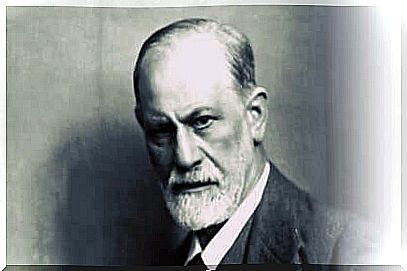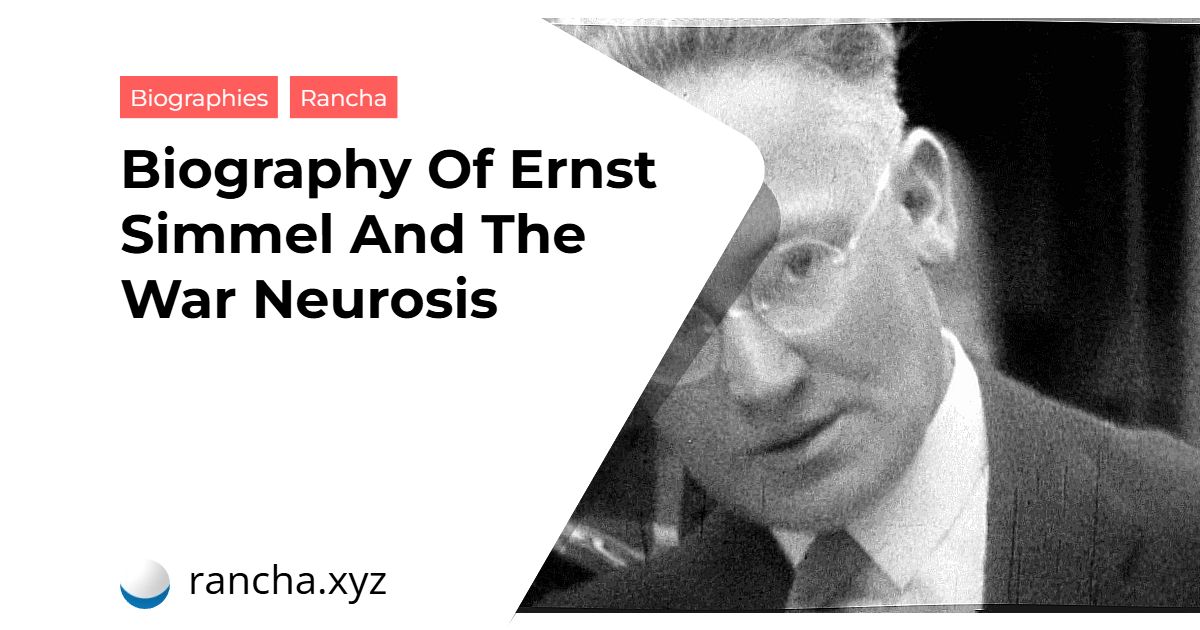In this article, we will present a brief biography of Ernst Simmel, one of the pioneers of psychoanalysis whose name has been forgotten for several decades.
Like other contemporaries, he suffered the rigors of World War II and had to emigrate to the United States. This change marked an interruption in his work and, therefore, his contributions were not recognized until the end of the 20th century.
Ernst Simmel is considered one of the creators of the concept of war neurosis. He was also at the forefront of the social medicine movement. This movement defends the focus on attention to the most needy, on equal terms with those who can pay for consultations.
One of the ways in which Ernst Simmel made great contributions was in the field of addictions. Unlike other psychoanalysts, he was concerned with phenomena that went beyond the traditional cases of neurosis. There is a social formation in all its practice and intellectual production.
The early years of Ernst Simmel’s biography
Ernst Simmel was born on April 4, 1882 in a town in Poland called Wroclaw. At that time, the site had been annexed to the German empire.
He came from a Jewish family, of average condition. At a very young age, the Simmels moved to Berlin, where their mother served as the director of an employment agency.
Simmel studied medicine and specialized in psychiatry. He graduated in 1908 with a graduate thesis on dementia praecox. In 1910, he contracted his first marriage with Alicia Seckelson.
In 1913 he founded, with other colleagues, the Society of Socialist Physicians. This organization sought to provide care to the needy and those who could not afford a consultation.
Later, Ernst Simmel took over the direction of a military psychiatric hospital. This allowed him to get in touch with patients who had experienced the horrors of the First World War. There, he also began to familiarize himself with psychoanalysis and, especially, with the technique of hypnosis.

Simmel’s trajectory
Simmel found in psychoanalysis a valid way to deal with the traumas of ex-war combatants. He made a specific application of Freudian methods. He used hypnosis and also a dummy, so that patients could unload their aggression.
All this work allowed him to lay the foundations for the concept of war neurosis. He published an interesting work on this subject in 1918. This work came into the hands of Sigmund Freud, who was impressed.
In one of his letters to Karl Abraham, Freud openly praised Simmel. In fact, his Group Psychology and Ego Analysis is explicitly based on Simmel’s postulates.
Later, Simmel psychoanalyzed himself directly with Karl Abraham. Later, he helped this analyst to create the Psychoanalytic Institute in Berlin, the first psychoanalytic clinic in the world to offer free consultations to the most disadvantaged.
He also contributed to the creation of the Berlin polyclinic. There he presented several seminars and developed work on war neurosis with distinguished colleagues such as Sandor Ferenczi, Ernst Jones and others.
Ernst Simmel’s Contributions
After Abraham’s death, Simmel was elected president of the Berlin Psychoanalytic Society. This happened in 1925. A year later, he created a sanatorium in Tegel, in the style of the great clinics of the time.
This place became one of the pillars of psychoanalytic methods, applied to cases of drug addiction, psychosis and severe neurosis. This sanatorium served as a model for the creation of several North American clinics later on.

Freud stayed in this sanatorium when he was treated for his cancer in Berlin. However, the place ran into several financial difficulties and went bankrupt. Freud and Einstein begged the German Ministry of Culture to support this center, but their requests were in vain. In 1931, it closed its doors.
Two years later, Ernst Simmel was captured by the Gestapo. The Association of Socialist Doctors posted bail for the Nazis and thus managed to free the psychoanalyst.
He moved to Belgium and then to Los Angeles, USA. In North America, he was reunited with several of his colleagues and, like them, he always lamented the trivialization of psychoanalysis in American lands.
Still, he was the favorite psychoanalyst of Hollywood stars. He died in 1947 and his work was only rediscovered in 1993, thanks to the good offices of some Freudian scholars.
 rancha.xyz Be free to choose their own route to self-knowledge, health and balance of body and soul.
rancha.xyz Be free to choose their own route to self-knowledge, health and balance of body and soul.




